October 21st Transform Westside Summit: Highlighting Mayor Dickens’s Commitment to Eliminating Racial Inequities through Neighborhood Improvement Strategies
The October 21st Transform Westside Summit highlighted Mayor Dickens’s commitment to eliminating racial inequities in Atlanta through neighborhood improvement strategies. The featured guest panel included; Joel Dixon, Principal, Urban Oasis Development; David Edwards, Policy Advisor for Neighborhoods Office of the Mayor, City of Atlanta; and Freddie Stevens, Housing Coordinator, Grove Park Foundation. John Ahmann, Westside Future Fund’s President & CEO, moderated the featured discussion after cohosts Ebony Ford and Benjamin Earley opened the program.
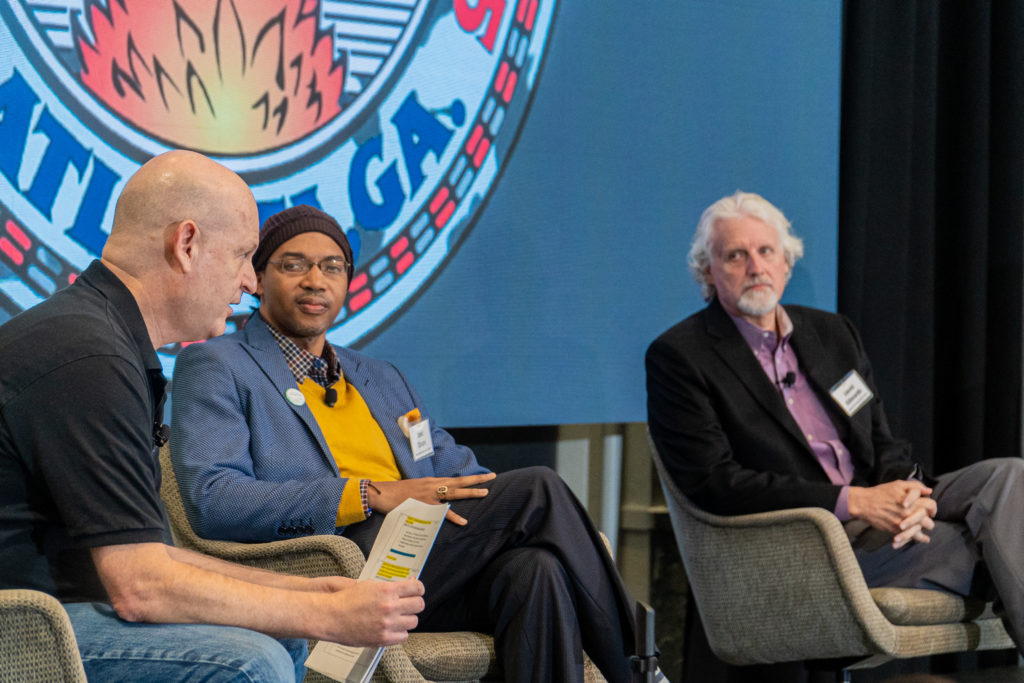
(from left) John Ahmann, Joel Dixon, and David Edwards
Ahmann: “Talk a little bit more about the Mayor’s vision, what your role is, and how you’re working on the Donald Lee Howell corridor.”
Edwards: “I’ve been doing this work for a long time. Probably worked in over 40 cities around the country, and I’ve never heard a mayor make this kind of commitment, even though we’ve been asking mayors to make these kinds of commitments. Just to remind you, what he’s [Mayor Andre Dickens] saying is the path to closing the racial equity gaps in this city is through transforming the conditions in our most distressed neighborhoods. He has taken that as a central strategic goal of his administration and that’s a big deal. Locally it’s going to be a big deal. Nationally, as we move forward, the proof is going to be in the pudding. We’ve got to deliver against that vision. The good news is, I think we’ve got a mayor who will stand behind it, marshal the resources and really put together a team who can do it.”
Ahmann: “The Grove Park Foundation, a little on how you see this planning effort with the city working?
Stevens: “We are a community of the practice of the Purpose-Built Neighborhood Network, which means that we focus on place-based approaches to resolving issues that typically are expansive, and challenges related to urban neighborhoods and communities across the country. East Lake was the first purpose-built neighborhood, I heard someone from East Lake is here. Grove Park is the second purpose-built neighborhood in Atlanta and 18th in the country.”
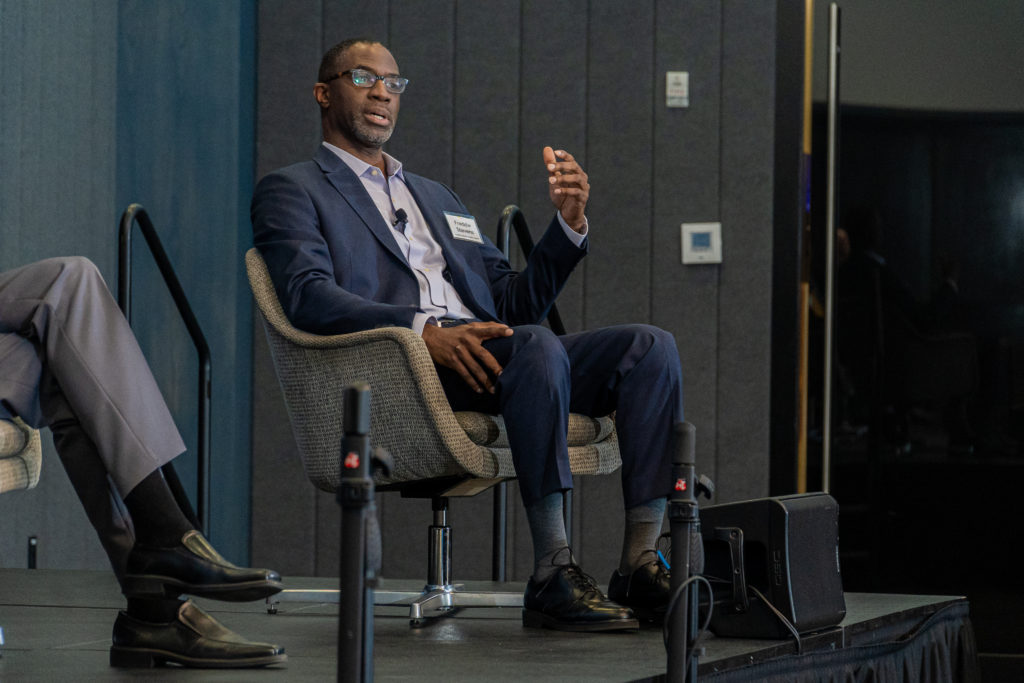
Freddie Stevens talks purpose-built communities at the Transform Westside Summit.
The Grove Park Foundation takes an holistic approach to serving the surrounding community similar WFF’s focus on key impact areas. Some of the focuses that Stevens brought up included:
“Cradle-to-career education, economic development—obviously from my area…mixed-income housing, but a specific emphasis on affordable housing, arts, and health and wellness.”
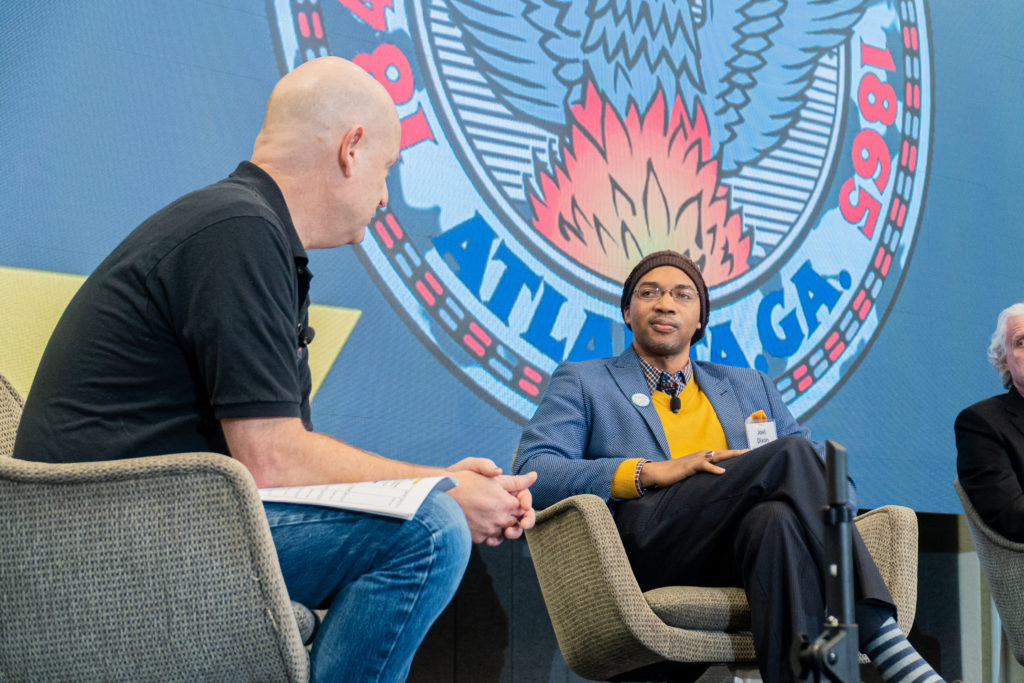
Joel Dixon (right) shares initiatives Mayor Dickens has in place to uplift residents.
Dixon: “Our mission statement was that we wanted to craft innovative and intentional developments that would produce flourishing neighborhoods. There was always this concept that it’s not about housing—it’s not about sticks and bricks—it’s about people. It’s about the fabric. What neighborhoods are, you wrap around that. All the things that the mayor has now intentionally made as a part of that neighborhood, which is the education access, to have housing access, to jobs access.”
Dixon recalled how past revitalization of neighborhoods like Kirkwood and other hot spots along the then developing Beltline led to many longtime residents being displaced. Dixon discussed curbing such impact in the future by spreading the focus to several neighborhoods simultaneously as opposed to consecutively.
Dixon: “It’s exciting to see once again, the leadership of the Atlanta Mayor that is now connected and committed to that mission. Those corridors once again are not one side of Atlanta. You’re talking about northwest of Howell Mill, southwest of Campbellton, south east of Thomasville Heights at the same time—not one, then the next and the other—at the same time. David it was a pleasure that Urban Oasis is a part of each one of those corridors in one form or fashion or another. We were absolutely committed to this group project.”
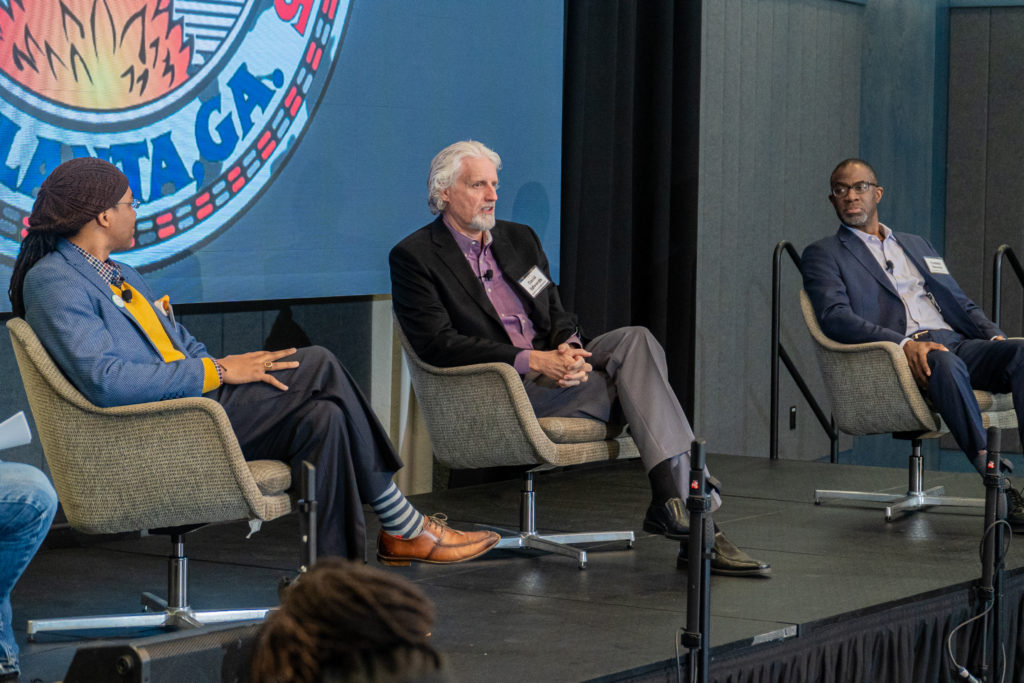
(From left) Dixon, Edwards and Stephens talk prioritizing neighborhood centered initiatives to keep legacy residents and families in the city.
Ahmann: “The Microsoft investment, what it means, how you’re thinking about it, and how you’re leveraging it.”
Stevens: “It’s some of the work that certainly John has done with the Westside Future Fund’s footprint, advising English Avenue. but Microsoft, you know what I will say with that is that yes, it has increased the pressures. I think it is essential for organizations and companies like Microsoft—even though they weren’t here before with a lot of the challenges that the quarter has faced prior to—but since they are here, we’d love for them to be a part of the solution.”
Ahmann: “The yay is private sector investments coming in, all the opportunity to create. The challenge of it is the unintended consequences of that tsunami wave, so to speak. But as you look at the markets, what do you think? And I know you think about the quarter but what are the key things that you think really need to be done?”
Edwards: “Microsoft is helping us think through. We have a study, in partnership with APS about the Douglass cluster, one of the lowest performing clusters in the city. How can we make sure we create really a partnership with Microsoft and Georgia Tech’s technology industry, to make sure that this APS school system serves this necessary format and create a talent pipeline from this neighborhood, from these neighborhoods, into the technology sector…”
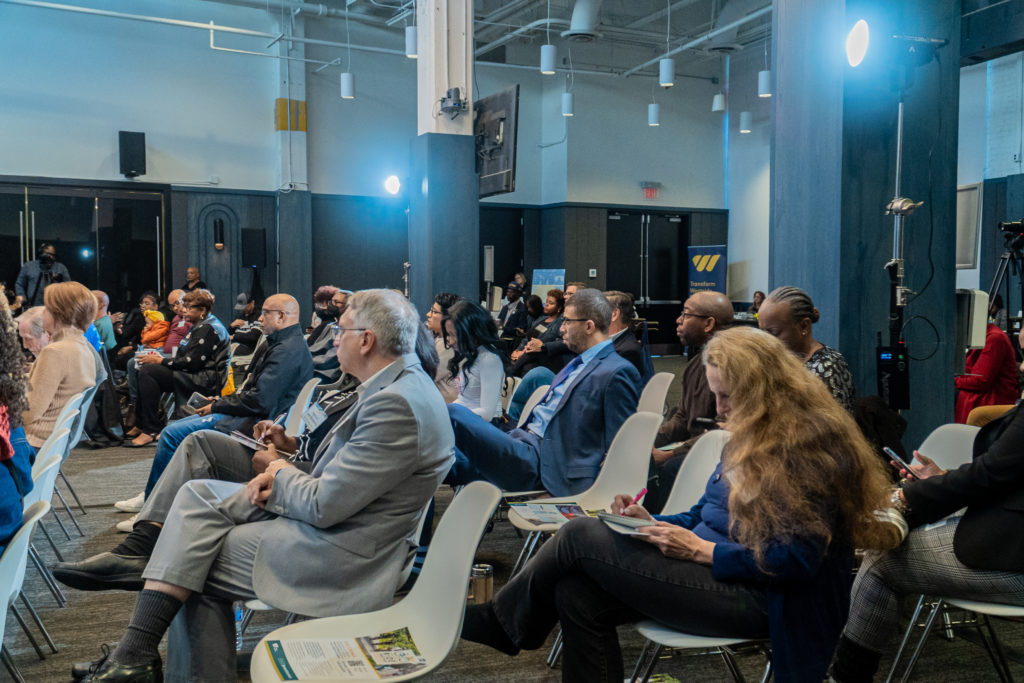
View the full summit including the audience Q&A below!
